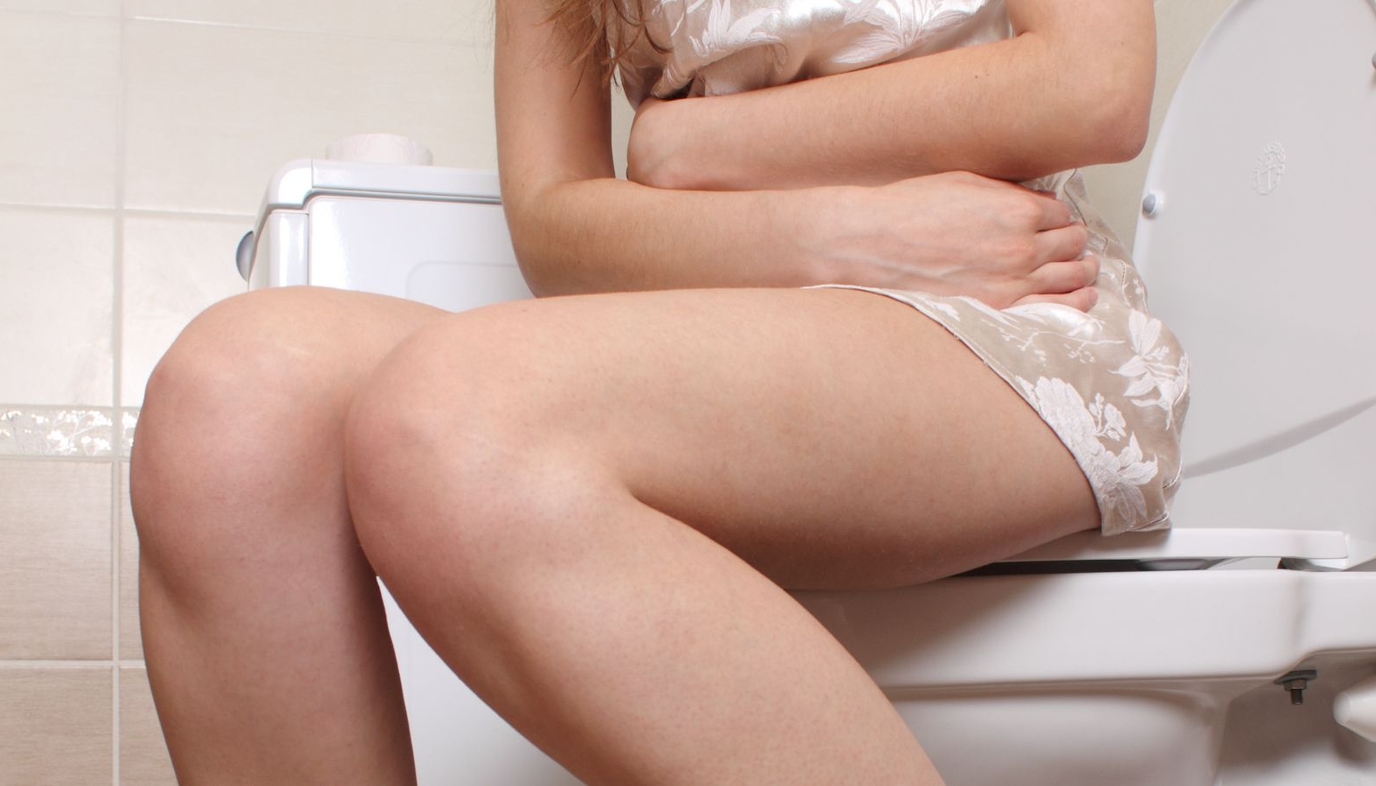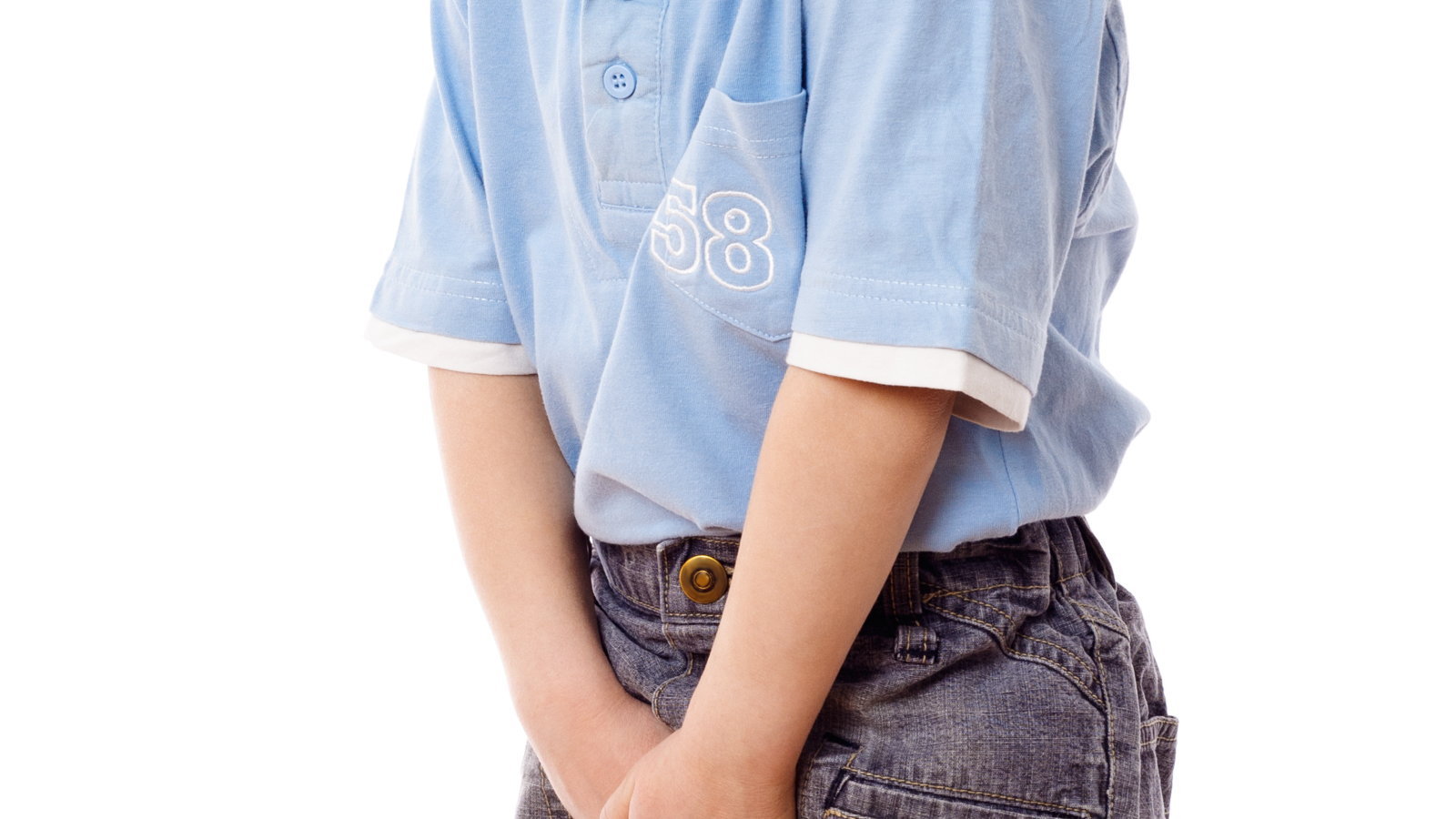
Perhaps you've seen the "got to go, got to go right now" commercials and wondered if this might be you. Overactive bladder, also known as urge incontinence, occurs in women more than men and can be treated.
Symptoms of Overactive Bladder
Overactive bladder produces symptoms of sudden, frequent urges to "go" and often leads to leakage if a restroom is not found in time. This can be both embarrassing and frustrating for the person. The good news is there are treatment options for overactive bladder. What are the symptoms of overactive bladder? As mentioned above, sudden, frequent urges is one symptom of overactive bladder. The person will also find they have to urinate more frequently than normal, and she may also have problems with incontinence, or leaking urine.

Specific Symptoms of Overactive Bladder
Urinating more than 12 times a day
Waking up 2 or more times at night to urinate
Urgency, a sudden and immediate need to urinate
Leaking urine may also occur
What Causes Overactive Bladder?
Overactive bladder occurs when the brain mistakenly sends a signal to the nerves in the bladder telling it that there is a need to urinate when the bladder is not full. Women may feel this urge to urinate when there is actually not much urine in the bladder. This signal from the brain tells the bladder to contract the bladder and relax the urinary sphincter to allow for urination.
What Should I Do if I Think I Have Overactive Bladder?
Contact your doctor for an evaluation. Your doctor will want to take a thorough history, perform a medical exam, and she may run lab work or other diagnostic testing. These symptoms may be indicative of another medical problem and not overactive bladder.
Urgency can be a symptom of a urinary tract infection particularly if there is burning upon urination. Your doctor will want to rule this out. If you have noticed an increase in urination with excessive amounts of urine and an increase in thirst, this may be a symptom of diabetes mellitus.
As part of your medical workup, your doctor may ask you to keep a voiding diary. She will ask you to keep track of the time you void, amount of fluid taken in, amount of urine put out, whether you have been able to stay dry (no leakage), and any activities you may have been doing. She may also ask you to keep track of your diet to see if there might be any dietary triggers.
Treatment Options for Overactive Bladder
Once your doctor has diagnosed overactive bladder, there are many treatment options. Behavioral therapy may include kegel exercises, also known as pelvic floor exercises and bladder retraining. Kegel exercises are simple to do, however, many women do have difficulty telling whether they are doing them correctly (see side box for instructions on Kegel exercises). Bladder retraining will involve timing urination and gradually increasing the time between voiding. This may help strengthen the bladder.
Medications
Medications such as Ditropan and Detrol may be prescribed to help with overactive bladder. These medications work by blocking the signal from the brain that causes the frequent urges to urinate. These medications do have side effects. The most common side effects are dry mouth and constipation. There are also some other medications that work a little differently and help relax the bladder and strengthen the muscles of the urethra. As with all medications, consult your doctor to see if this medication is right for you.
Kegel Exercises
1. Identify the pelvic floor muscles. This can be done by stopping the flow of urine while voiding. You may also insert a finger into the vagina and tighten the muscles this way.
2. Kegels are done by tightening the pelvic floor muscles for ten to fifteen seconds and then relaxing for ten to fifteen seconds. Repeat this for ten repetitions.
3. Start with doing this once or twice a day and try and increase to 3 or 4 times a day.
Surgery
In some cases, your doctor may recommend surgery. This is usually a last resort effort if behavioral therapy and medications do not show improvement.
Alternative Medicine and Diet
Acupuncture may be of benefit to people with overactive bladder. One study has shown improvement in symptoms of overactive bladder with four weekly treatments of acupuncture. Dietary changes may also help with symptoms of overactive bladder. Avoiding caffeinated beverages such as soda, coffee, and tea may help. Caffeine is a known bladder irritant and may increase your need to void more frequently.
No one treatment is right for everyone. Your doctor will be able to work with you to decide which treatment is best for you.

